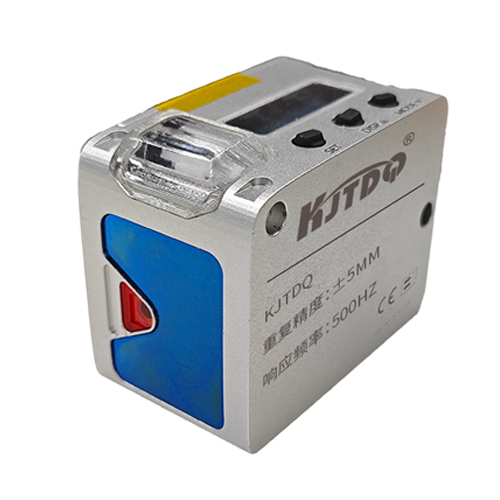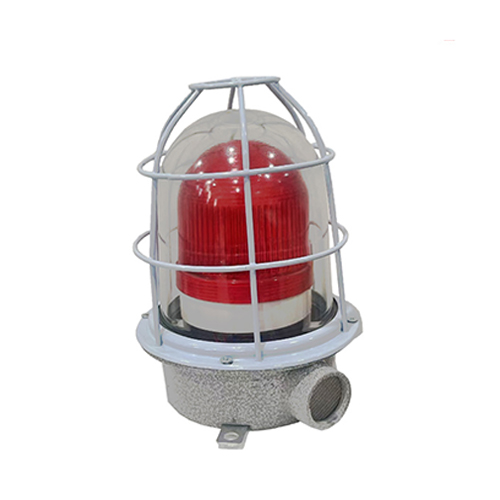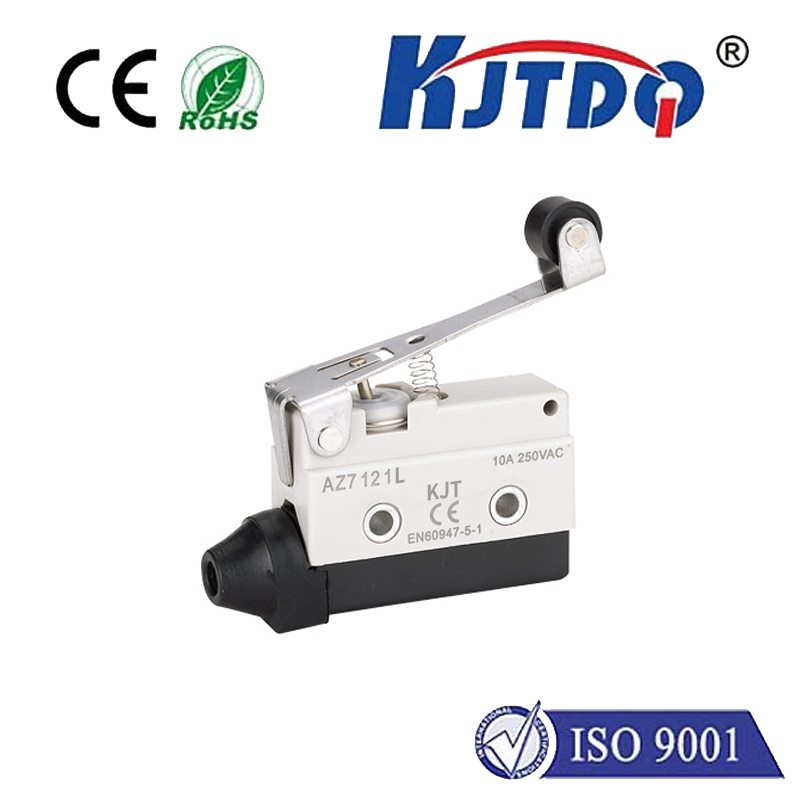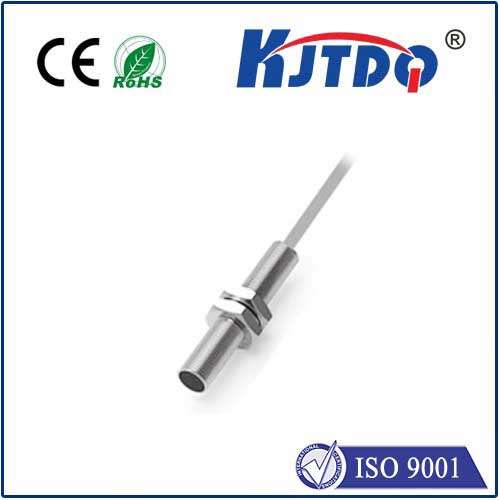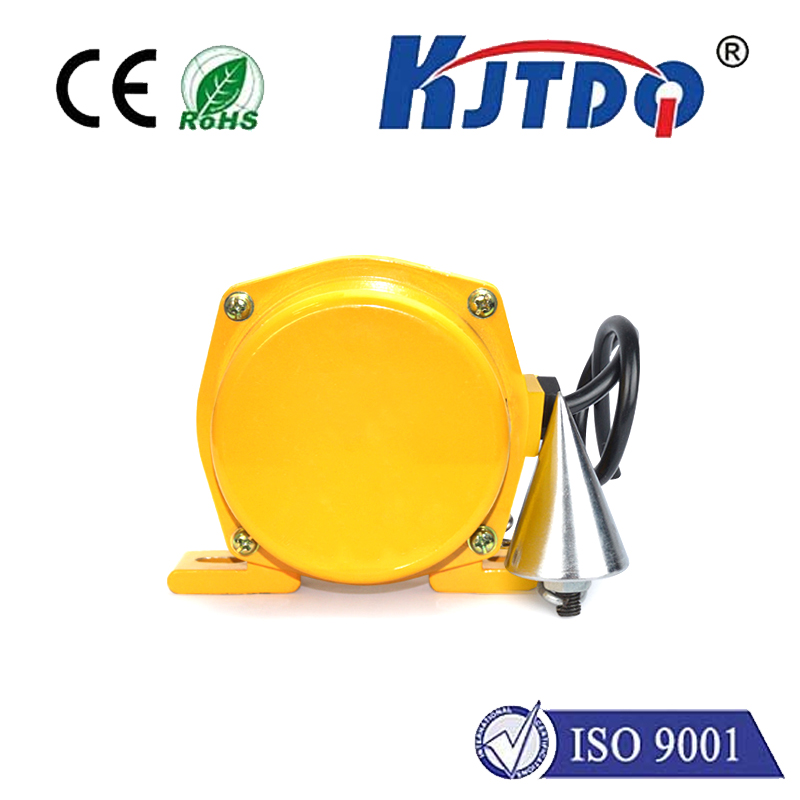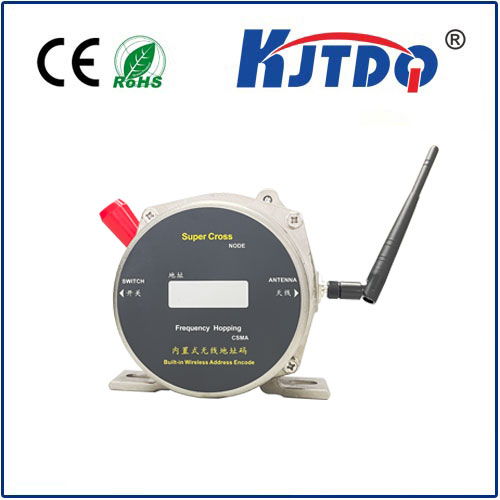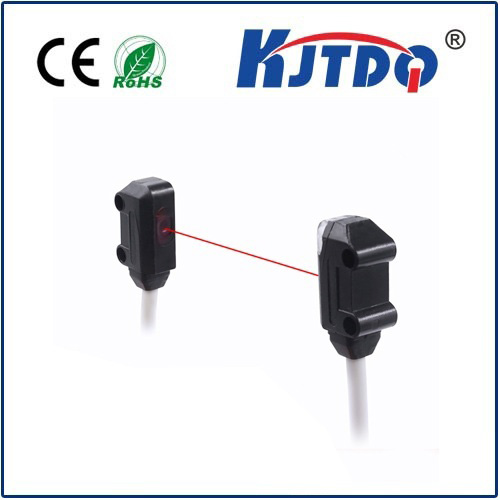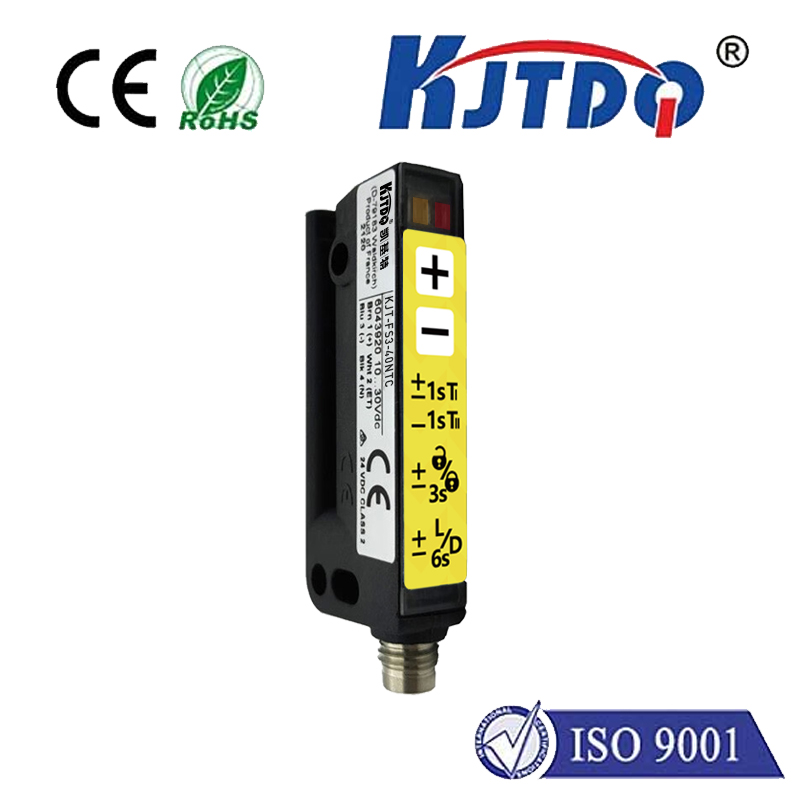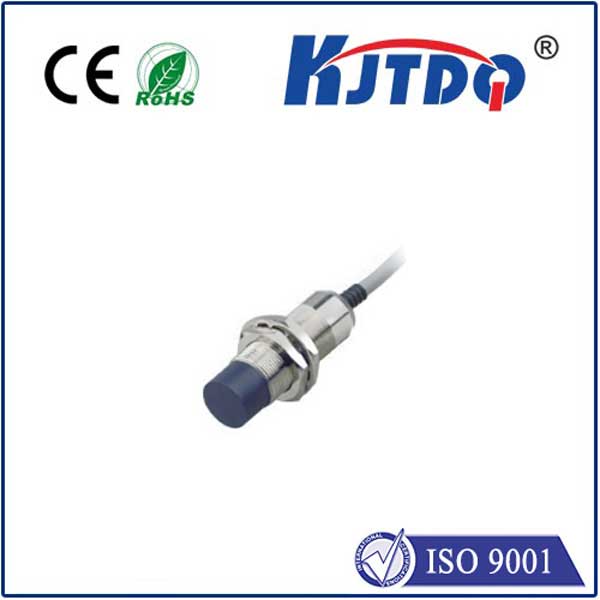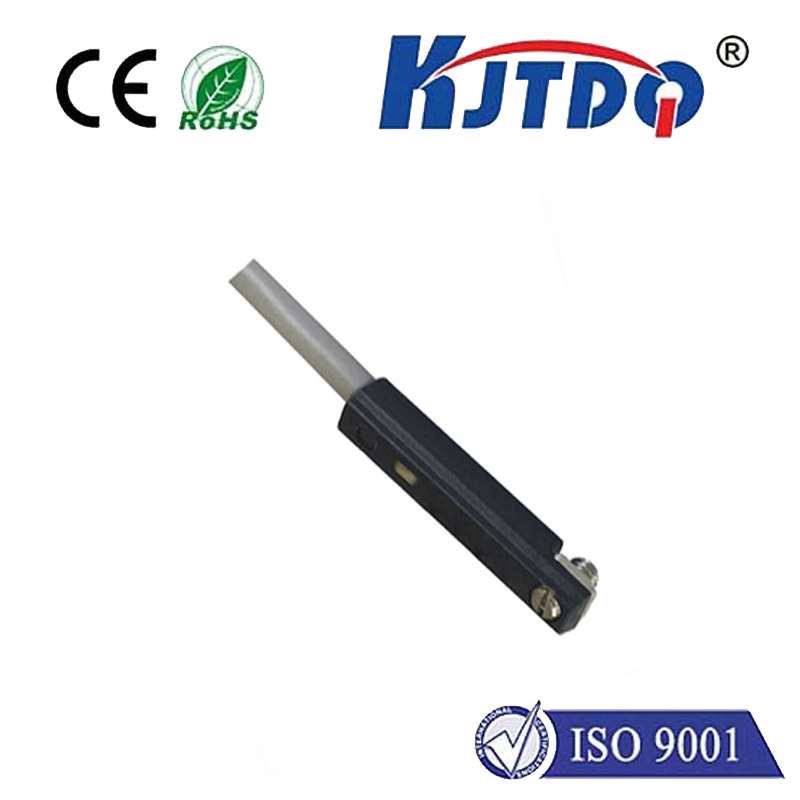heat strip limit switch
- time:2025-08-04 12:58:05
- Click:0
The Essential Role of Heat Strip Limit Switches in HVAC Safety and Efficiency
Imagine you’re cooking and momentarily step away. A safety mechanism ensures your stove doesn’t overheat to dangerous levels. Within your HVAC system’s electric heating unit, the heat strip limit switch performs this vital, often unseen, protective function. Preventing overheating isn’t just about avoiding short-term shutdowns; it’s fundamentally about safeguarding your home, prolonging system life, and ensuring efficient operation. Understanding this crucial component reveals why it’s indispensable for any HVAC system utilizing electric heat.
What Exactly is a Heat Strip Limit Switch?
At its core, a heat strip limit switch is an automatic safety device designed to monitor the temperature within the electric heating section (often called “heat strips” or “electric heat elements”) of your furnace or air handler. Think of it as a silent guardian programmed for two primary missions:
- Temperature Regulation: It acts like a thermostat specifically for the heating components, preventing them from exceeding safe operating temperatures. Optimal performance relies on maintaining this designed heat range.
- Critical Safety Cut-Off: If temperatures climb dangerously high – due to restricted airflow, dirty components, failing parts, or electrical issues – the switch acts decisively. It interrupts power to the heating elements, shutting them down completely to prevent potential fire hazards, damage to system wiring, or melting components. This is its most crucial role.
The underlying mechanic often involves a bimetallic strip or similar temperature-sensitive material. As the temperature within the heating compartment rises, this material physically bends or changes state. At a predetermined, calibrated high-limit point, this movement triggers the switch mechanism, breaking the electrical circuit powering the heat strips. Once temperatures cool sufficiently, the switch typically resets automatically, allowing normal operation to resume – assuming the root cause of the overheating has been addressed.
Symptoms of a Compromised Limit Switch: Don’t Ignore the Signs

Like any component, limit switches can malfunction. Recognizing the warning signs is key to preventing inconvenience and potential hazards. Be alert for these common indicators:
- Intermittent Heating: The system cycles heat on and off rapidly or provides heat only sporadically. If you feel warm air for a few minutes, then only cold air blowing, the switch may be tripping prematurely.
- Persistent Lack of Heat: A switch that fails “open” (meaning it cannot close the circuit) or is stuck in a tripped position will completely prevent the heating elements from activating, leaving you without heat.
- Failure to Reset: While many reset automatically, a switch that trips frequently or seems incapable of resetting even after the system cools indicates a problem – either with the switch itself or a persistent underlying issue causing overheating.
- Visible Damage: In some cases (though often internal), signs of overheating like discoloration or melting on the switch housing or nearby components can be present.
Crucially, a tripping limit switch is rarely the root problem itself; it’s usually the symptom of something else wrong within the HVAC system.
Common Culprits Triggering Limit Switch Activation (Tripping)
When your heat limit switch trips repeatedly, it’s sounding a loud alarm that something is forcing temperatures beyond safe limits. The most frequent offenders include:
- Restricted Airflow: This is the #1 cause. Blocked or dirty air filters are the most common culprit. Closed or blocked supply registers/return vents, collapsed ductwork, or a failing blower motor/fan unable to move sufficient air can starve the system of necessary airflow, causing heat to build up rapidly.
- Dirty Heating Elements: Heat strips coated in dirt, dust, lint, or other debris act like insulation traps. This prevents heat from effectively transferring into the airflow, causing the strips themselves to overheat excessively.
- Failing Component: A malfunctioning blower motor that runs too slowly or intermittently directly causes poor airflow and overheating. Similarly, a stuck sequencer (the relay controlling which heat strips engage) could potentially energize too many strips at once.
- Electrical Issues: Loose connections, corroded contacts, or wiring problems can create resistance. Resistance generates unexpected heat, contributing to elevated compartment temperatures.
Maintenance and Prevention: Keeping Your Switch (and System) Healthy
Proactive maintenance is the most effective strategy to avoid limit switch issues and ensure reliable, safe heating:
- Air Filter Replacement: Change your system’s air filter regularly, at least every 1-3 months during peak heating/cooling seasons. This is the single most important preventative step. Never run the system without a filter.
- Scheduled Professional Maintenance: Annual HVAC inspections and tune-ups are essential. A qualified technician will:
- Clean the system cabinet and heating elements thoroughly.
- Verify proper airflow levels using specialized tools.
- Test electrical components, including the limit switch, for proper operation and calibration.
- Inspect the blower motor and ductwork for potential issues.
- Check the functionality of the entire heating sequence.
- Clear Vents: Ensure all supply registers and return air vents are unobstructed by furniture, rugs, or curtains.
What to Do If Your Switch Trips? The “Three-Click Rule”
If your electric heat stops working:
- Check the Obvious: Immediately inspect your air filter. If it’s visibly dirty, replace it.
- Assess Airflow: Confirm all vents are open and unblocked.
- Listen for the Blower: Ensure the indoor blower fan is running when the heat is called for (you should feel air moving at the vents).
- Resetting (Use Caution): Most limit switches reset automatically. Some older models may require a manual reset button – it’s often a small, red button located on the switch assembly. Important Rule: If resets are necessary, limit it to only two attempts maximum. If the switch trips again immediately or on the second attempt, stop. Repeated manual resets ignoring the safety function risk fire and severe system damage. This indicates a serious underlying issue requiring professional diagnosis and repair.
The Unsung Hero: Safety and Efficiency Intertwined
The heat strip limit switch operates silently, usually noticed only when it forces a system shutdown. Yet, its role is profound. By preventing catastrophic overheating, it is a critical fire safety component within your HVAC system. Furthermore, by ensuring the heat strips operate within their ideal temperature range and forcing attention to airflow problems, it actively contributes to system longevity and operational efficiency. Ignoring its warnings (persistent tripping) is never advisable. Regular maintenance, particularly diligent filter changes and professional check-ups, is the key to keeping this vital safety sentry – and your entire heating system – functioning reliably and safely for years to come. When this silent protector demands attention, listen carefully.






